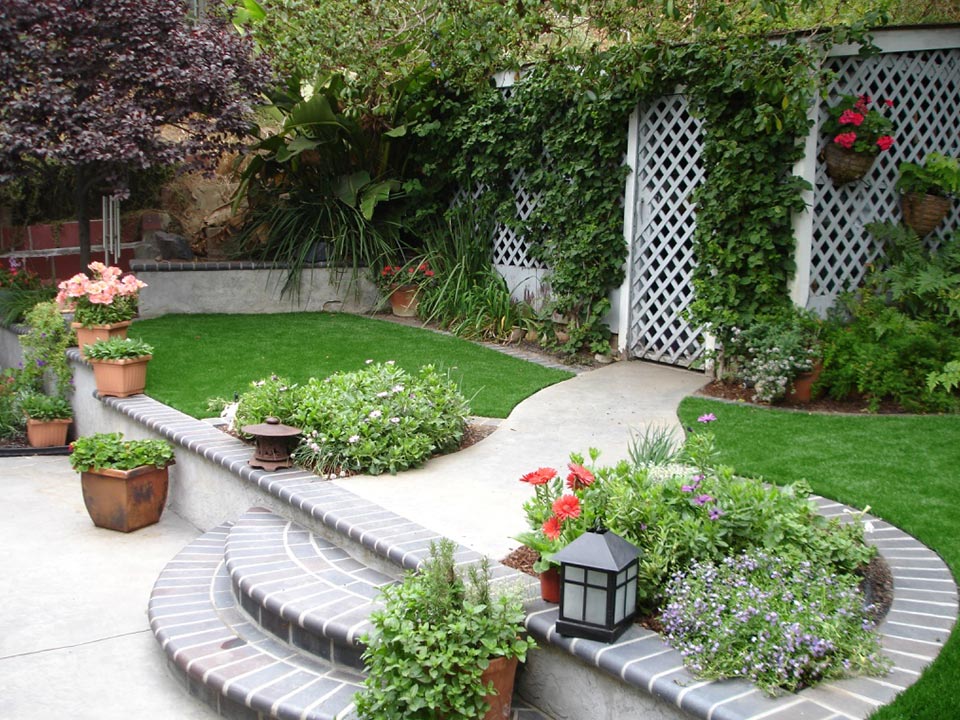Maximizing the Lifespan of Your Artificial Lawn: Key Factors Unveiled
Subhead: AGSTurf Landscape Offers Insights into Prolonging the Durability of Synthetic Grass
In the quest for a long-lasting, vibrant lawn, homeowners often turn to artificial grass as a durable and low-maintenance solution. However, ensuring the longevity of artificial turf requires careful consideration of various factors. AGSTurf Landscape delves into these factors and provides expert guidance to help homeowners maximize the lifespan of their synthetic lawns.

Understanding the Lifespan: Factors Influencing Artificial Grass Durability
Quality Matters: The Role of Materials The durability of artificial grass is heavily influenced by the quality of materials used in its construction. High-quality synthetic grass, crafted from robust materials, can endure for up to two decades or more. Conversely, opting for cheaper or lower-quality materials may significantly shorten the lifespan of the lawn. AGSTurf Landscape emphasizes the importance of investing in premium-quality artificial turf to ensure a long-lasting green oasis.
Paving the Way to Longevity: Impact of Installation The installation process plays a crucial role in determining the lifespan of artificial grass. Poorly installed turf is prone to issues such as wrinkles, seams, drainage problems, and premature wear and tear. AGSTurf Landscape advocates for professional installation to ensure that the artificial grass withstands the test of time.
Walk the Talk: Effect of Foot Traffic The amount of foot traffic a lawn receives can also impact its longevity. Lawns frequented by gatherings, children’s play, or fitness activities may experience faster wear and tear. Choosing a high-quality, durable grass and implementing regular maintenance practices can help mitigate the effects of foot traffic.
The Paw Factor: Pets and Lawn Longevity For pet owners, pet usage is a significant consideration. Activities such as digging, scratching, and pet waste can potentially damage artificial grass. However, with proper pet waste management and regular cleaning, homeowners can preserve their pet-friendly artificial lawns and prevent damage.
Extended Life: Maintenance Tips While artificial grass requires less maintenance than natural grass, it still requires care to prolong its lifespan. Basic maintenance practices include regular cleaning, occasional brushing to maintain blade uprightness, and prompt repair of minor damages. Additionally, allowing artificial grass to breathe during harsh weather conditions can contribute to its longevity.
By considering these factors and following expert advice, homeowners can ensure that their artificial lawns remain vibrant and durable for years to come, providing a green oasis that requires minimal upkeep and offers long-term beauty and functionality.
Tags
artificial grass synthetic turf landscaping durability installation methods foot traffic pet usage weather conditions materials quality professional installation maintenance tips lawn longevity pet-friendly landscaping weather resistance lawn care
Leave a Reply